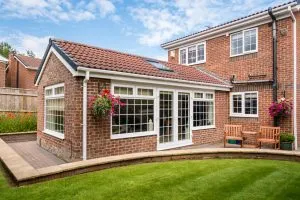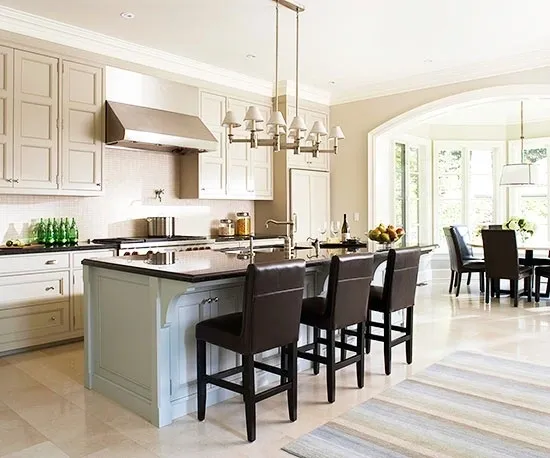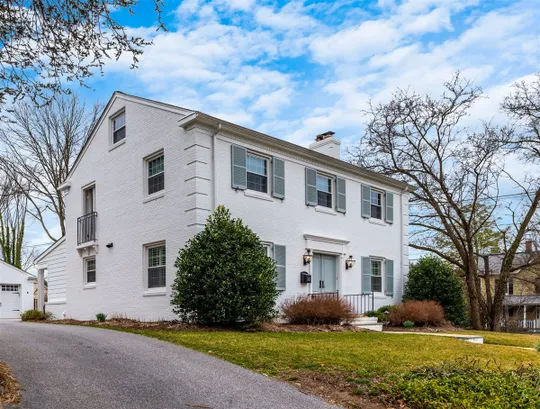
How to Budget for a Home Addition
Adding an addition to your home can provide more space and opportunities to decorate and find creative uses for treasured hobbies or souvenirs. If you‘re considering a home addition, the first step is to create a budget that breaks tasks into manageable pieces. Setting a budget may be time-consuming, but will help you be better prepared when the construction begins.
Costs Vary Depending Upon the Type of Addition
Each addition or remodeling project has a variety of items that must be factored into the budget. For example, with a kitchen addition, you’ll need to estimate plumbing, countertops and appliance costs on top of construction costs. For a bedroom or office, you’ll need to estimate furniture costs. For a sunroom, you will need to factor in energy efficient windows, a ceiling fan, or skylights. Once you know what additions you’ll be making, you can estimate costs more easily.
Determine How You Will Handle the Addition
The experts at Parker Design | Build | Remodel can guide you through the planning process and help you plan, schedule, and budget your addition. When you’re calculating your budget, determine what work you want them to do, whether you’ll provide the materials yourself, and if there are any particularly challenging factors. Also, consider how the rest of the home will be protected during the remodeling process. For example, Parker provides a clean remodeling process, for larger projects, that dramatically reduces dust and other contaminates. Be sure to work with a contractor who understands the costs and processes for permitting. In waterfront areas or in certain counties, these costs can be substantial so it’s important to factor them into your overall budget.
Set Budgeting Priorities
When setting your budget, Parker Design | Build | Remodel recommends a design-build approach. The design-build approach offers the opportunity to consider current pricing, building trends and scheduling during the design phase, which reduces surprises and overruns as the project moves forward. The architect, designer, and contractor may also be able to value-engineer certain aspects of the project during the design phase and recommend alternative products or services that may reduce cost and/or improve efficiency. Regardless of the budget, there are always unforeseen issues, so budgeting a 15-20% contingency is also advisable.
Mix the Old with the New
Part of the fun of a room addition is buying new furniture, fixtures, and other items. However, these can get expensive, so if you’re on a tight budget, consider what items must be replaced and what items are in good enough condition to keep. Remember, contrasting old and new styles creates a unique room design that often quite attractive, and refurbishing is always trending.
If you are looking to add space for a new addition to the family or a fun area to get away, consider Parker Design | Build | Remodel. Our mission is to make the remodeling process exciting and rewarding by providing an experience that guides you step by step. Visit our website, or contact us today to get started!



